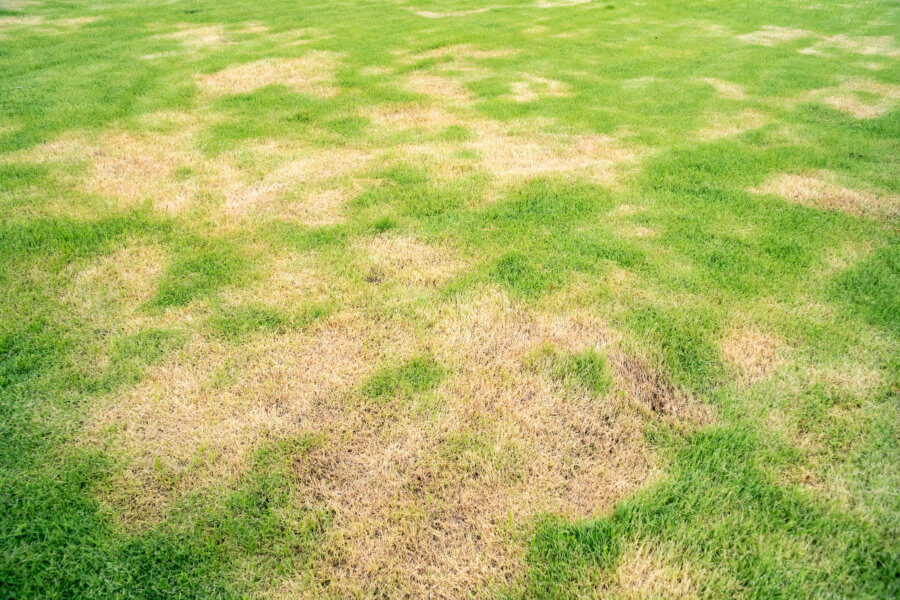
Chinch Bugs: Identification and Control
Chinch bugs are among the most common lawn pests throughout Florida, and these little critters can do significant damage to your lawn. In fact, they are responsible for millions of dollars worth of damage to residential and commercial grass installations every year! That is why it is so important to know the signs of infestation and what you can do to get rid of them. Follow these helpful tips to keep your lawn chinch bug free.
Get the Basics
Although tiny, chinch bugs can cause major damage. They tend to favor St. Augustine grass, which is common in Florida. Though, they can sometimes be found in other grass types as well. Chinch bugs are typically most active during the summer months when the weather is hot and humid. In the winter, they go somewhat dormant, hiding under your lawn’s thatch and waiting for the weather to reach higher temperatures. Because they don’t migrate, you’ll often see damage return in the exact same spots as the previous year.
When an infestation becomes extreme, though, some of the chinch bug population may need to find a new home to sustain the growing colony. Though they are able to fly, chinch bugs typically do not get around in this manner. Instead, they are capable of walking long distances, taking them from one yard to the next in a relatively short span of time. What this means for you is that you’ll need to be especially vigilant against chinch bugs if your neighbor has an infestation that goes unchecked. Of course, it is always smart to be on the lookout for them, as it is easiest to get rid of them before their colony has a chance to spread.
How to Tell If You Have a Chinch Bug Problem
The first step to getting rid of chinch bugs is to verify that they are indeed the cause of your lawn troubles. Keep an eye out for any yellow or brown patches, especially those that are circular shaped. You’ll most often see damage in areas of your lawn that don’t get as much water as others. You’ll also find them in especially sunny areas, as well as around the edges of your lawn. Of course, there are other possible causes of these dry patches, including disease and other types of pests. Thus, it is important to verify that you have chinch bugs before attempting to treat your lawn for them.
When you find a yellow or brown patch, look for chinch bug activity around the edge of the circular patch. Because these pests are so tiny, it can be helpful to use a magnifying glass to identify them. The adult chinch bug is black and white, and nymphs are red or orange in color. Look for them clustered around the base of the grass blades, as this is where they feed. They tend to cluster around a single sprout, fully depleting its nutrients, before moving on to the next. This is why they are easiest to spot around the edges of the bare areas.
Getting Rid of a Chinch Bug Grass Problem
Once you have identified that you have a chinch bug problem, you’ll want to take steps immediately to eradicate them before they have the chance to do too much damage to your lawn. In general, chemical pesticides are the best way to get rid of chinch bug infestations, though you may need to go through several applications to fully eliminate the problem.
After that, you can focus your efforts on prevention. Keep your lawn mowed to a healthy height for your specific variety. For St. Augustine grass, this means about 3 to 4 inches in height. Always use sharp blades in your mower, and clear away thatch regularly. This will keep your lawn looking cleaner and make it less attractive to chinch bugs. Be sure to avoid over-watering as well, as the moisture can speed thatch decay, attracting chinch bugs in the process.
Restore Chinch Bug Damage With Fresh Sod
It is unlikely that your lawn will fully recover after a chinch bug infestation, so it is smart to replace the bare patches with fresh St. Augustine sod.